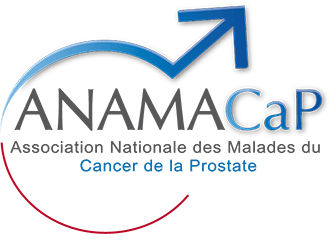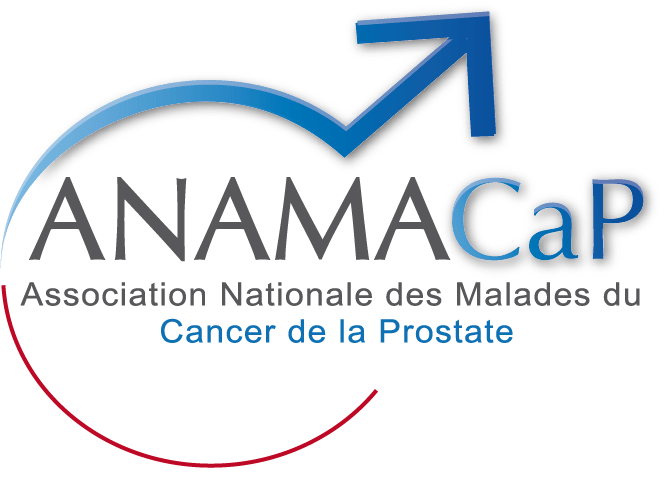Monsieur le Conseiller Scientifique, Cher Professeur,
Je vous soumets ci-dessous une note relative à la tomographie hélicoïdale.
Voulez-vous être assez aimable pour me faire savoir si ce traitement est disponible dans notre pays et dans l’affirmative dans quels centres.
Avec mes remerciements anticipés,
Je vous prie de croire, Monsieur le Conseiller Scientifique, Cher Professeur, en l’expression de mes sentiments respectueux.
Roland MUNTZ
La tomothérapie hélicoïdale permet une réduction significative de la toxicité aigue de la radiothérapie pelvienne pour les patients traités pour un cancer de prostate localisé.
Dans cette étude, avec cette technique, il n’est pas rapporté de toxicité de grade 3 et il existe une très faible incidence des toxicités de grade 2.
Radiother Oncol. 2007 Aug;84(2):164-70.
Significant reduction of acute toxicity following pelvic irradiation with Helical Tomotherapy in patients with localized prostate cancer.
Cozzarini C, Fiorino C, Di Muzio N, Alongi F, Broggi S, Cattaneo M, Montorsi F, Rigatti P, Calandrino R, Fazio F.
PURPOSE: To assess and quantify the possible benefit deriving from IMRT with Helical Tomotherapy (HTT) delivery to the pelvic nodal area in patients with prostate cancer in terms of reduction of acute and late toxicities.
METHODS AND MATERIALS: Thirty-five patients candidate to radical or postoperative RT on whole pelvis (WPRT) were treated with HTT, while receiving a concomitant boost to the prostate or the prostatic bed (median 74.2 and 72Gy, respectively) within a moderately hypofractionated (28-33 fractions; median HTT duration 44 days) regimen. Median and mean doses to whole pelvis were 52 and 54Gy, respectively. One of the major goals of planning optimisation was to minimize the dose received by the intestinal cavity (IC) outside the nodal PTV.
RESULTS: HTT resulted to be very efficient in sparing the IC even at dose levels below 30-35Gy and guaranteed a significant sparing of bladder and rectum even at intermediate-low doses (V20-V40). No acute Grade 3 RTOG toxicity was recorded. Eighteen G1 and two G2 GU acute toxicities, 13 G1 upper GI acute toxicities, 8 G1 and 1 G2 acute proctitis were observed; no patient experienced G2 upper GI toxicity. After a median FU of 11.5 months (>10 in 18 patients) one case of late G3 GU toxicity was reported in one post-prostatectomy treated patient; no G2 late rectal bleeding or other GI toxicity was recorded.
CONCLUSIONS: WPRT with HTT resulted in a very low incidence of acute Grade 2 and in the disappearance of acute Grade 3 toxicities.

